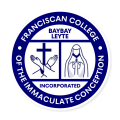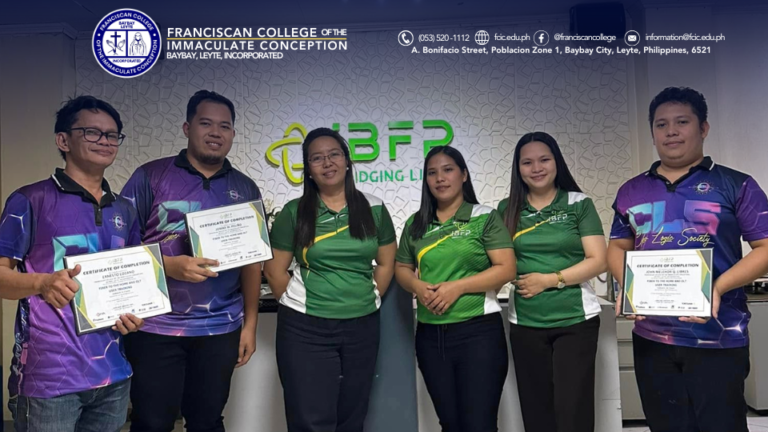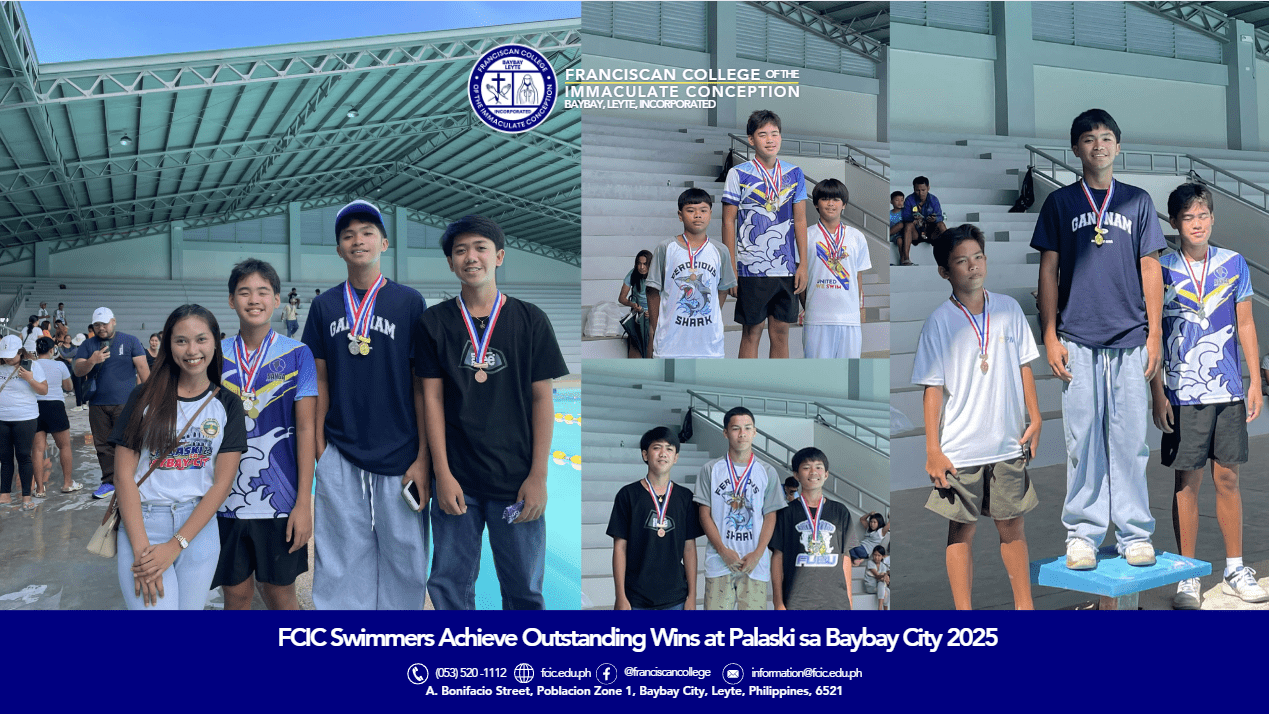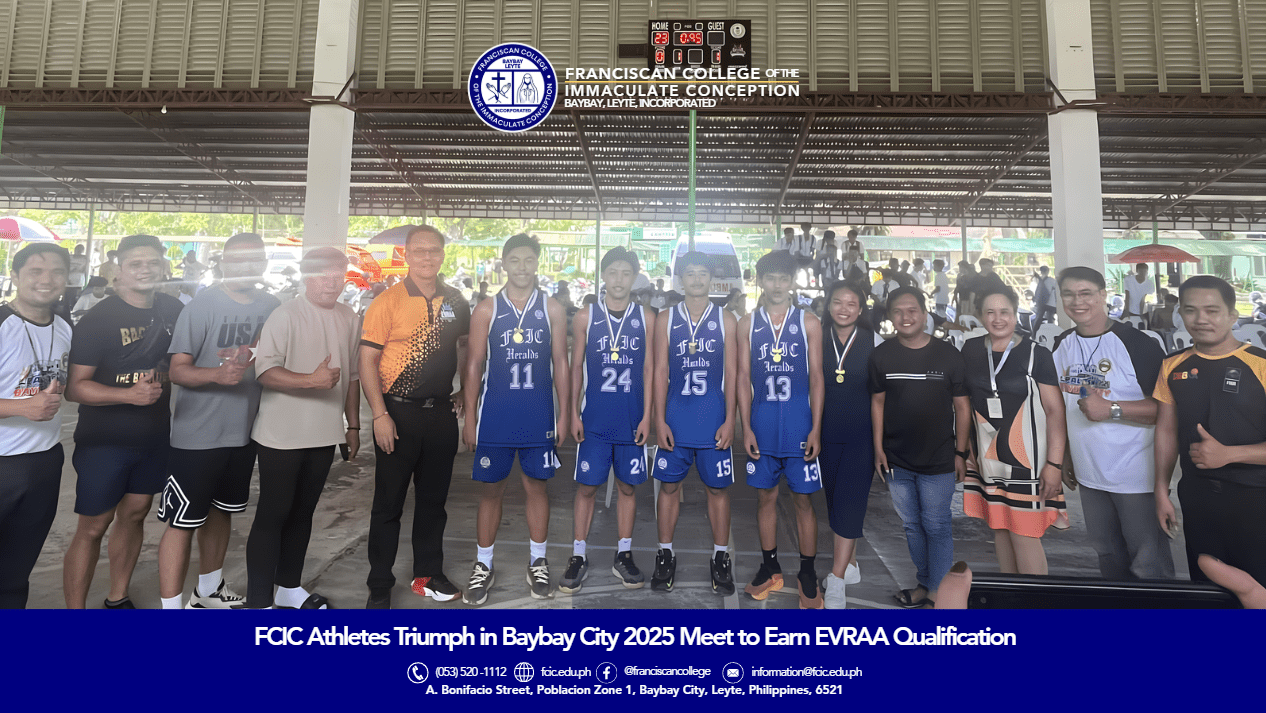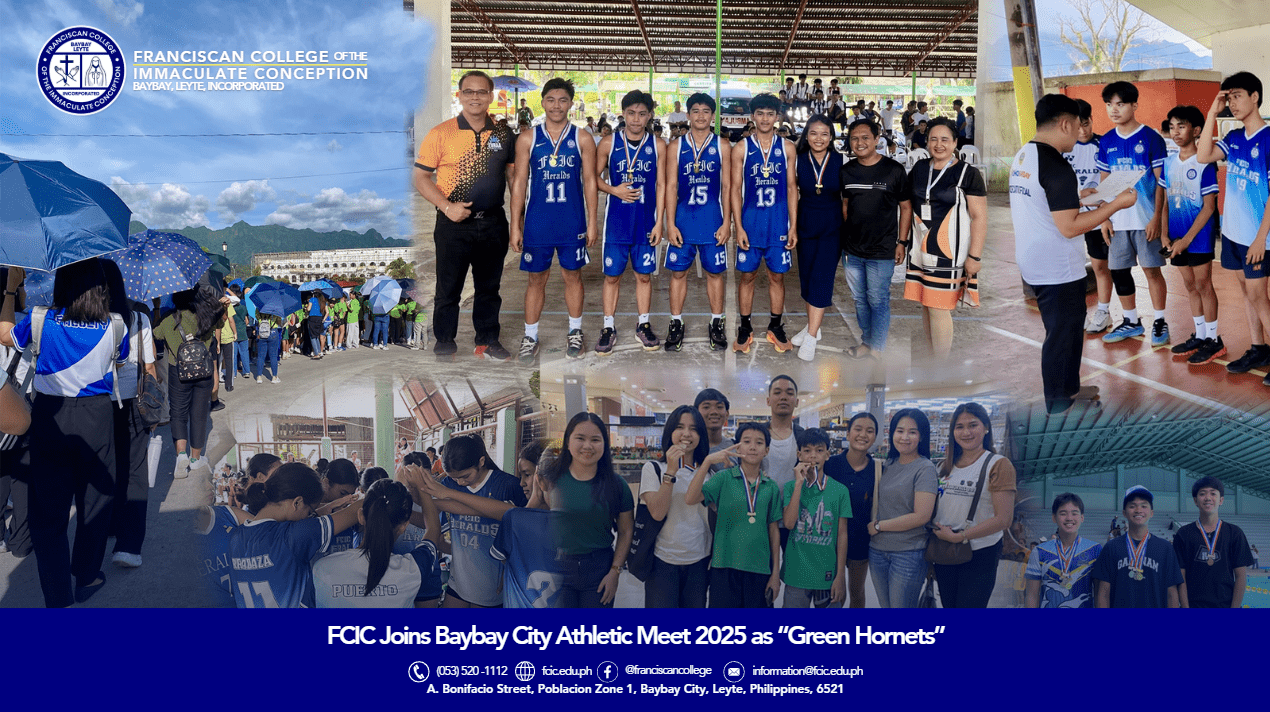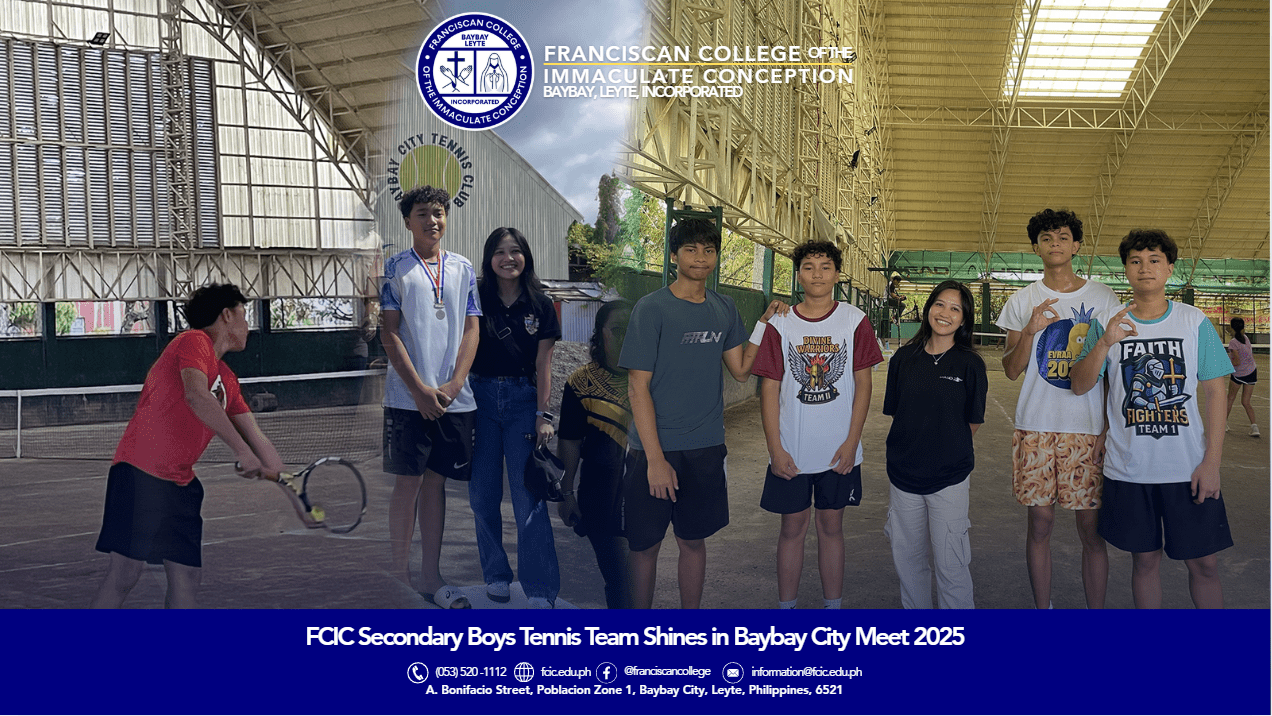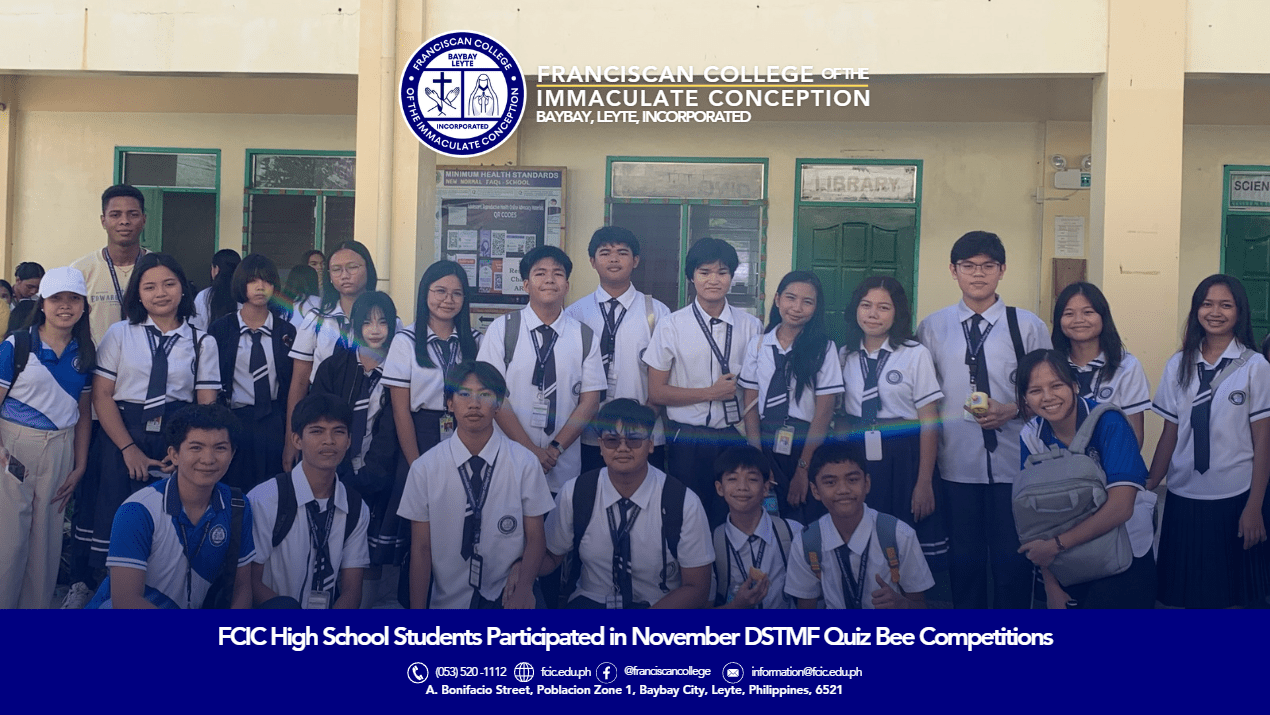The FCIC IT Team recently completed an intensive four-day technical training program at IBFP Technologies – Training Center, a leading provider of innovative networking solutions and technical training for system integrators. The training, held at IBFP Technologies’ headquarters in Pasig City, focused on essential aspects of fiber optic splicing, network infrastructure design, outside plant (OSP) fiber optic deployment, and Fiber to the Home (FTTH) and Optical Line Terminal (OLT) user training. Led by industry experts, the program provided both theoretical knowledge and practical experience, equipping participants with advanced skills in fiber optics and network infrastructure management.
The FCIC IT Team members who participated in the training included John Melchor Q. Libres, System and Network Administrator, Ernesto Lozano, Computer Laboratory In-Charge, and Jomar Pelino, IT Specialist. Each session covered specialized topics that are crucial for designing, deploying, and maintaining modern high-speed network infrastructures.
Fiber Optic Splicing and OTDR User Training – February 11, 2025
The first day of training, conducted by Mylene A. Lirio, focused on fiber optic splicing and OTDR (Optical Time-Domain Reflectometer) usage. This session emphasized the importance of understanding fiber optic technology, particularly the factors that affect splice quality, equipment maintenance, and environmental considerations. Participants gained insights into splicing awareness, where they learned how fiber types, splicing equipment, and external conditions impact the overall performance of a fiber optic connection. The session also covered splice loss considerations, which included best practices for measuring and managing splice loss, especially for newer bend-insensitive fiber types.
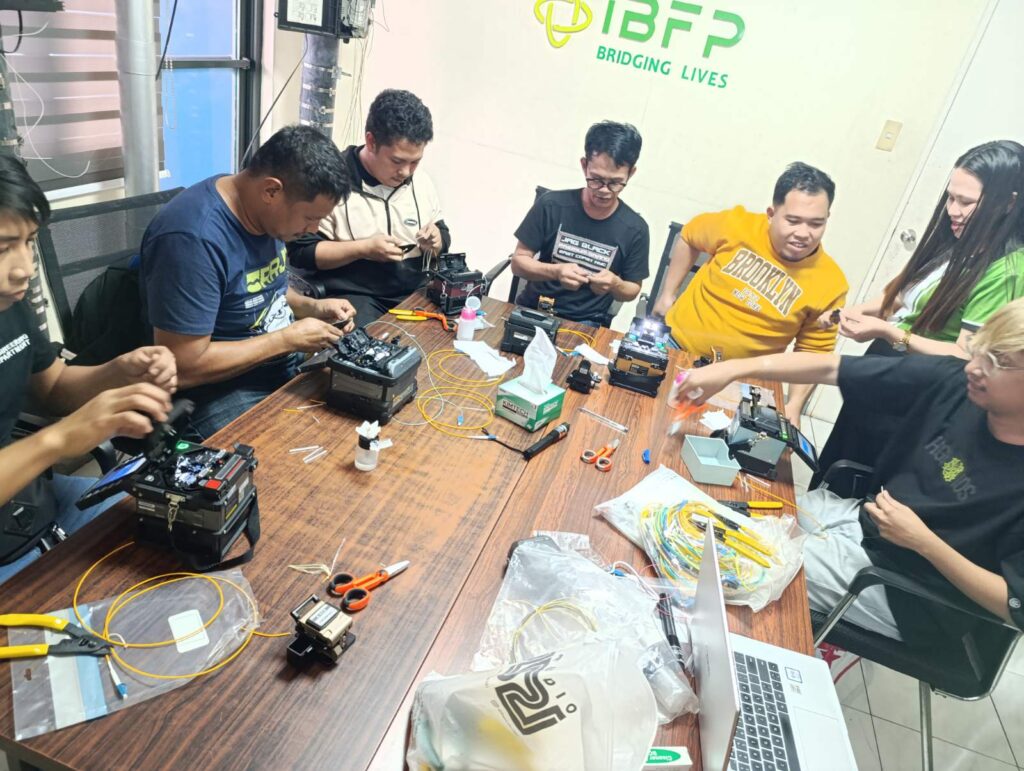
To ensure optimal fusion splicing results, the training provided detailed guidelines for fiber optic technicians. These included following manufacturer-recommended procedures for equipment setup, regular cleaning, electrode alignment, and part replacements. Participants were also reminded of the importance of maintaining a controlled splicing environment, especially in windy or dusty conditions, to prevent contamination. The use of fusion splicer-generated loss readings as an initial quality assurance measure was also emphasized. This session reinforced the significance of proper equipment handling, maintenance, and environmental control in achieving high-quality fiber splicing results.
Campus Network Connectivity: Fiber Infrastructure Design Training – February 12, 2025
On the second day, Engr. Frederick Atencia led the Fiber Infrastructure Design Training, which provided a comprehensive understanding of campus network connectivity. The session focused on the functional and physical design process of network infrastructure, emphasizing best practices for scalability, efficiency, and documentation. Participants explored the network architecture of various systems, including Local Area Networks (LAN), campus networks, and outside plant (OSP) fiber infrastructure.
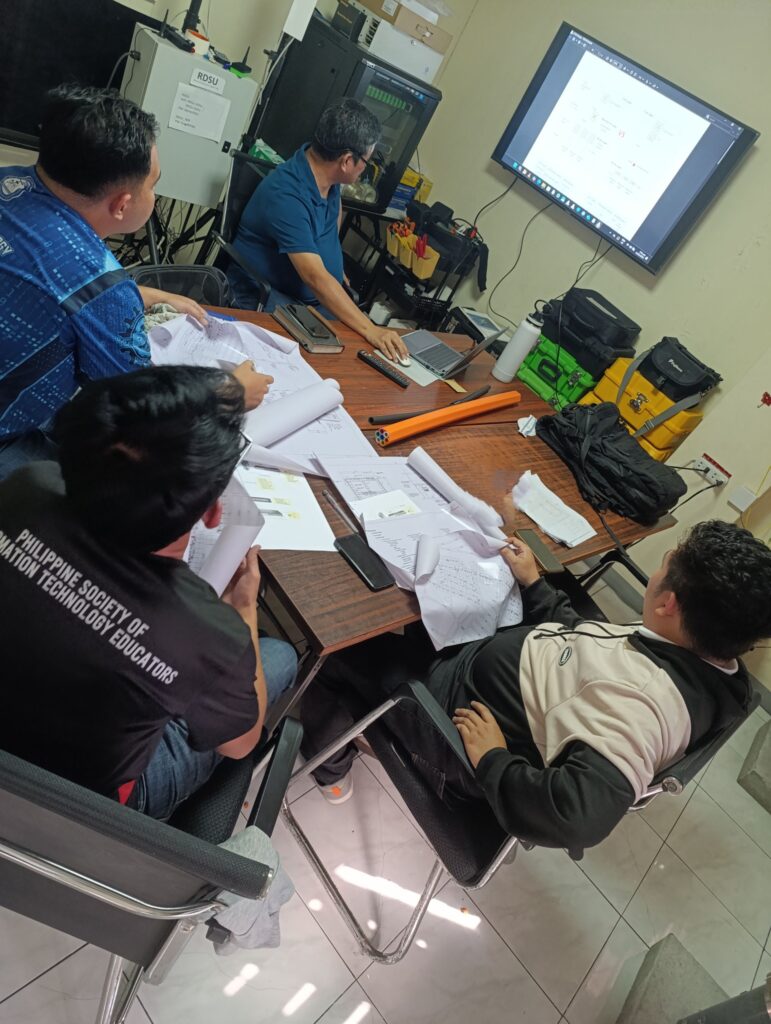
The training also covered essential elements of cable pathway design, including underground systems, direct buried installations, and inside plant setups. Participants gained insights into the key components of a well-structured network infrastructure, such as equipment rooms, telecommunication enclosures, transmission media, and hardware selection. The session also emphasized best practices in documentation, which included maintaining accurate network diagrams, transmission media records, and hardware administration guidelines. This training provided the participants with a clear framework for designing, implementing, and maintaining large-scale fiber optic networks.
Outside Plant Fiber Optic Course – February 13, 2025
The third day featured a detailed training on outside plant (OSP) fiber optic installations, led by Natalie M. Felicerta and Richard O. Miralles. This session was designed to help participants develop expertise in outdoor fiber optic installations, ensuring that they understand both the theoretical principles and real-world applications of OSP deployment.
The session began with a review of optical fiber technology, covering the fundamentals of fiber signal transmission, loss factors, and performance optimization. This was followed by an introduction to OSP systems, which provided an overview of installation best practices, safety measures, and industry standards. Participants were trained in OSP installation methods, including proper handling of fiber cables, installation of fiber components, and environmental protection strategies.
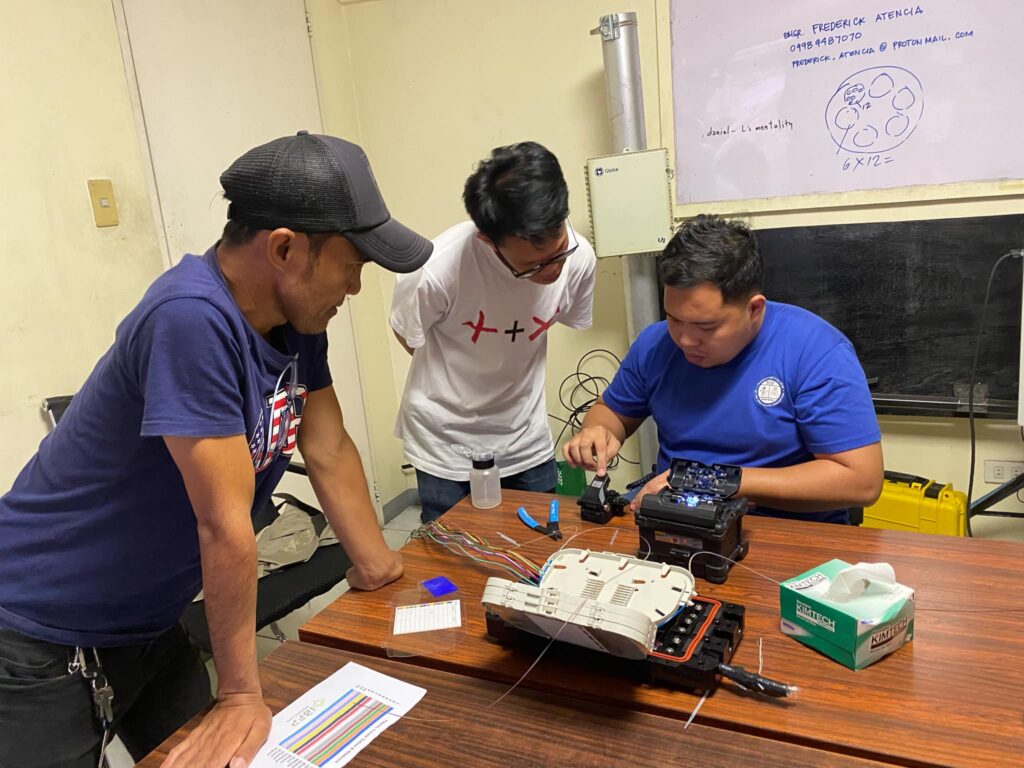
Key components of OSP fiber optic networks were examined in detail, including fiber types, cabling structures, and hardware selection. The session also included a segment on OSP documentation procedures, which emphasized the importance of maintaining detailed installation records, troubleshooting logs, and compliance with regulatory standards. The hands-on training allowed participants to apply their theoretical knowledge by practicing fiber cable installations in real-world scenarios, reinforcing their understanding of OSP deployment and maintenance strategies.
Fiber to the Home (FTTH) and OLT User Training – February 14, 2025
The final day of training, led by Jenelyn B. Sabacido, focused on Fiber to the Home (FTTH) and Passive Optical Network (PON) technologies. This session provided a detailed understanding of FTTH architecture, network topologies, and deployment strategies, ensuring that participants gained the necessary skills to design, deploy, and maintain modern fiber optic broadband networks.
The session began with an overview of FTTH and PON technology, highlighting the importance of fiber-based broadband and the different types of PON architectures, including GPON, EPON, and XG-PON. Participants were introduced to the key components of FTTH networks, including the Optical Line Terminal (OLT), Optical Network Terminal (ONT), Optical Distribution Network (ODN), splitters, fiber cables, connectors, and patch panels.
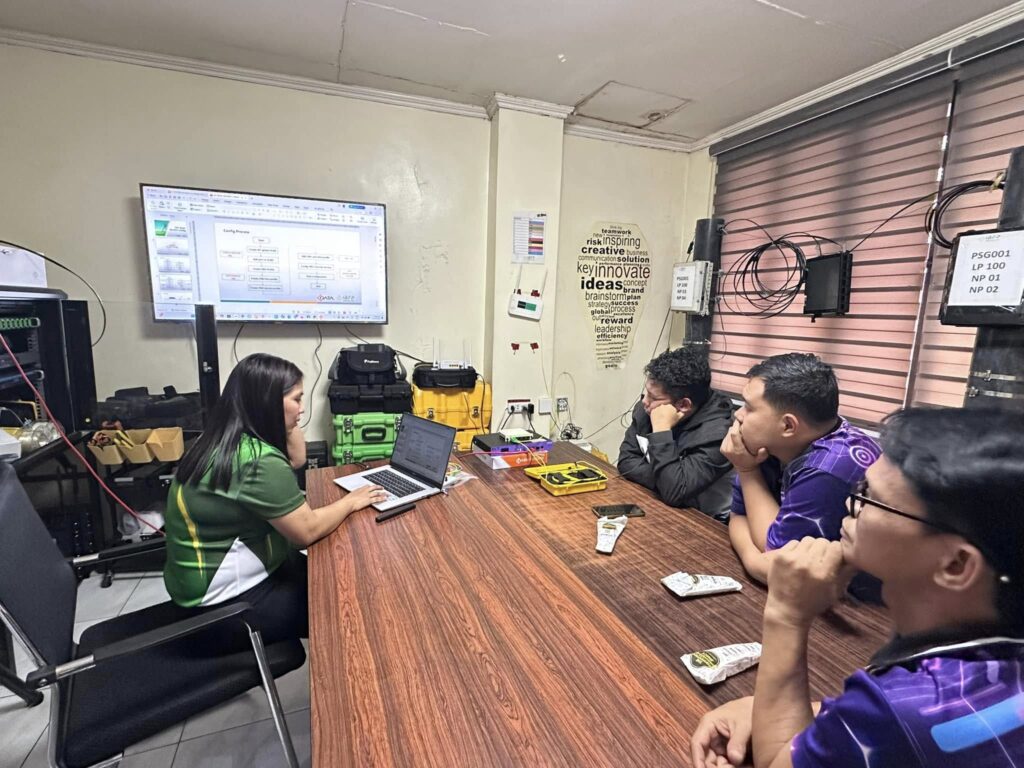
Network design considerations were extensively discussed, covering point-to-point vs. point-to-multipoint topologies, tree, star, and bus architectures, and ITU-T standards for PON deployment. The training also addressed installation and deployment strategies, including field installation procedures such as fiber splicing, testing, and validation. A special focus was given to network maintenance and troubleshooting, covering common PON issues, diagnostic tools, and routine maintenance best practices.
The session concluded with an introduction to emerging technologies, where participants explored next-generation PON advancements, 5G integration, and future-proofing fiber networks. A hands-on demonstration of OLT basic configuration provided practical experience in configuring and optimizing PON systems.
The four-day intensive training program provided the FCIC IT Team with valuable knowledge and hands-on experience in fiber optic splicing, network infrastructure design, OSP deployment, and FTTH implementation. The training reinforced the importance of proper fiber optic installation, maintenance, and troubleshooting techniques, equipping participants with critical skills needed for managing modern high-speed network infrastructures.
With this training, the FCIC IT Team is now better prepared to design, implement, and maintain scalable fiber optic networks, ensuring efficient and reliable connectivity solutions. As the demand for fiber-based broadband continues to grow, the knowledge gained from this program will enable the team to support future technological advancements and industry requirements.
The FCIC IT Team looks forward to applying their newly acquired expertise in upcoming projects and continuing their professional development in emerging fiber optic technologies. This training marks an important step in enhancing their technical capabilities and strengthening their role in the evolving telecommunications industry.
